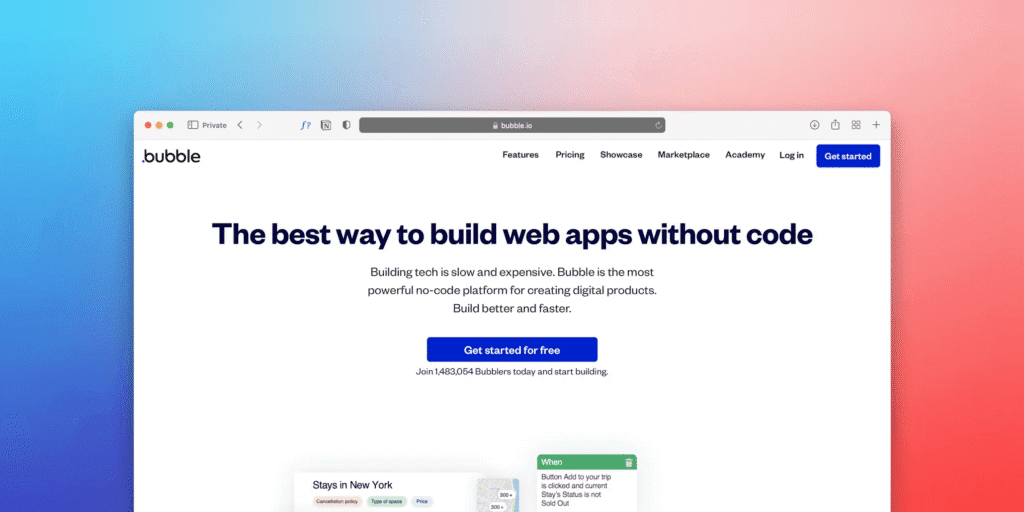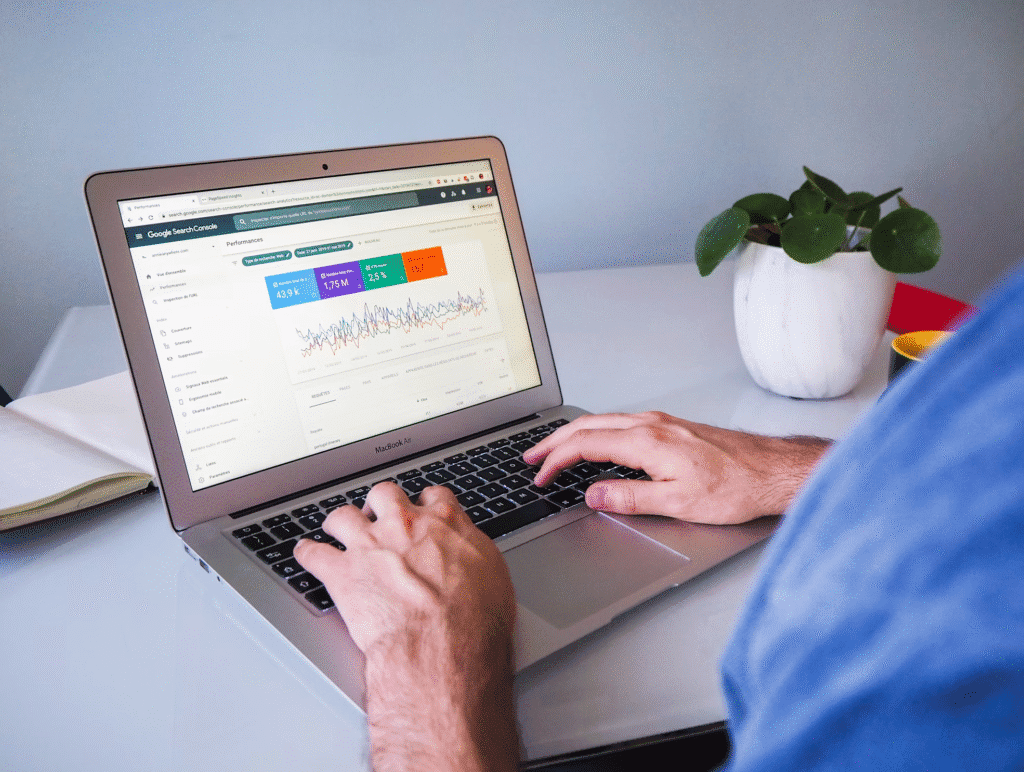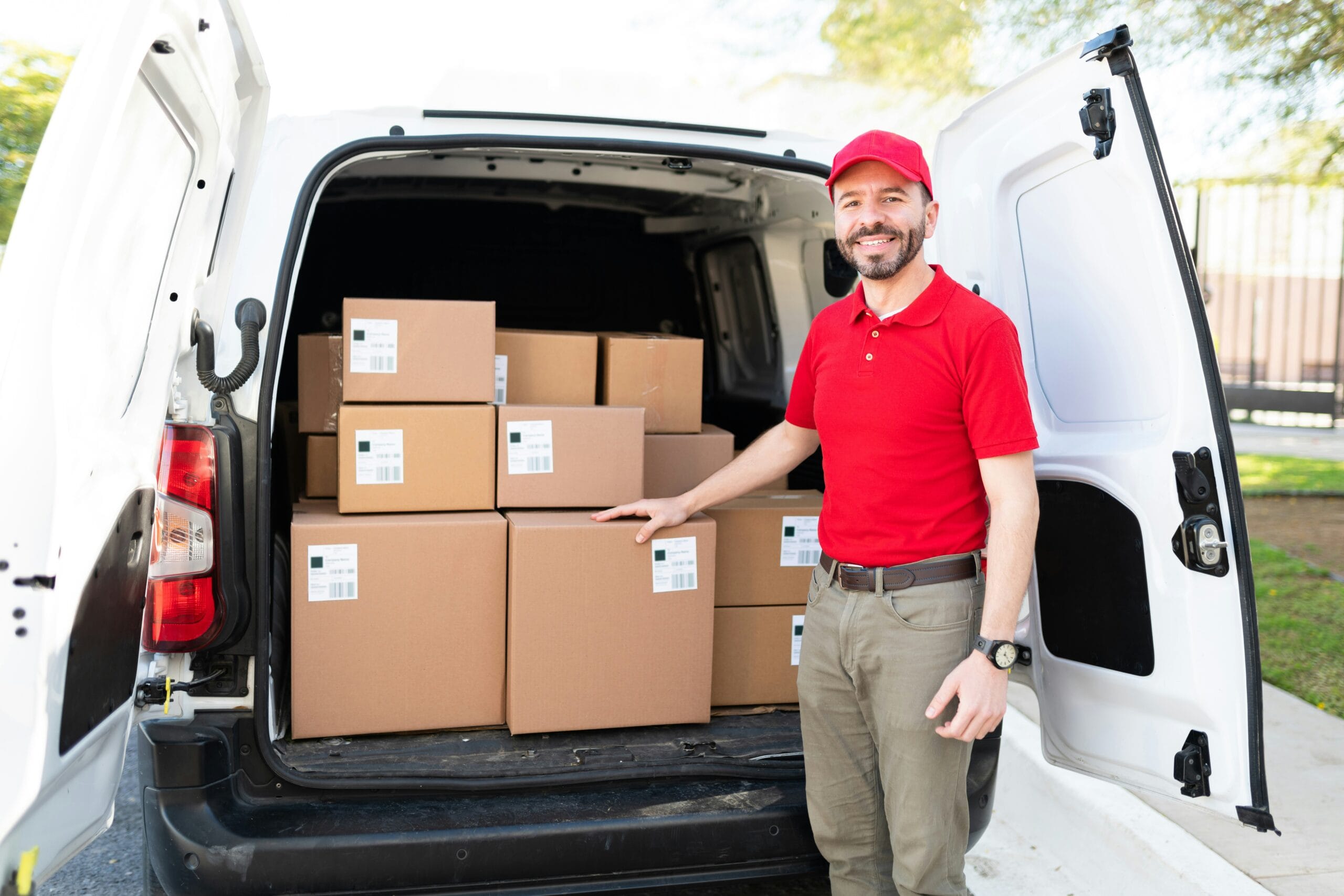Making Money Online: My Real Story
I wasn’t born an entrepreneur. In fact, I almost gave up—twice. But I kept going. What started as late-night coding experiments turned into a business that now supports my family. Here’s My Personal Experience.”
I want to tell you how I built my online business. It wasn’t easy. I made lots of mistakes. But I learned from them.
I used to make websites for other people. Now I make good money from my own online businesses.
This guide shows you what I did. You’ll see what worked and what didn’t. You’ll learn how to avoid my mistakes. Most importantly, you’ll see how to build your own online income.
How I Started in 2020: From Web Developer to Business Owner
Learning to Build Websites
I struggled, about how websites work. So I started learning HTML and CSS. These are the basic codes that make websites.
I spent many nights trying to make things work. Sometimes my website looked wrong. Different web browsers showed different things. This was very frustrating.
Simple things took me hours to fix. I couldn’t make the text sit in the center. Making websites work on phones was hard. Fixing problems made me want to quit many times.


But learning these skills helped me later. I learned how Google reads websites. I learned why fast websites matter. I learned how clean code helps. Most people who make content don’t know these things.
I used to think a pretty website meant success — until I had one and it made zero sales. That’s when I learned the hard truth: good design doesn’t mean anything if people don’t take action.”
Then I realized something important. Just knowing how to code wasn’t enough. My clients wanted results. They didn’t just want working websites. They wanted more customers. They wanted more people to find them online. This made me want to learn marketing.
Making My First Business Website
I decided to make my own professional website. This taught me a lot about what users want. I had to think about more than just code. I had to think about how people would use my site.
I learned some big lessons:
Making Websites Load Fast: If your website is slow, people leave. I learned to make images smaller. I learned to write cleaner code. I picked good website hosting. Fast websites make more money.
Making Websites Work on Phones: Most people use phones to browse the web now. Your website must work well on phones. This is very important.
Making Websites That Sell: Pretty websites don’t always make money. You need to guide people to take action. The design must help people buy from or contact you.
Getting Found on Google: A great website is useless if nobody can find it. I had to learn about SEO. SEO means making your website show up when people search on Google.
Learning Content Creation and SEO
From Writing Code to Writing Articles
I started writing about coding problems I solved. I wrote these for myself at first. But other people found them helpful too. They started reading my blog.
Then I noticed something. People asked the same questions over and over. They had the same problems. So I started writing bigger guides. These guides solved complete problems, not just small parts.
This was different from writing code. I had to learn about my readers. I had to understand what they really wanted. I had to write in a way that convinced people to trust me.
Learning SEO the Right Way
My coding background helped me understand SEO better than most people. Many content writers only think about keywords. But I knew about the technical stuff too.
Technical SEO: I learned how Google’s computers read websites. This helped me build websites that Google could understand easily. I used special code that tells Google what my content is about. I organized my website in a logical way.
Content Strategy: I didn’t just target popular keywords. I created groups of content that answered all of someone’s questions about a topic. I thought about why people search for things. I thought about what they need to know next.


User Experience: Fast websites rank better on Google. Websites that work well on phones rank better. Easy-to-use websites rank better. I made sure my website did all these things well.
Getting Other Websites to Link to You: When other websites link to yours, Google thinks you’re important. I created content that other people wanted to share and link to. I made guides and tools that became popular in my industry.
Growing My Website Traffic
Good SEO takes time. It’s not like paid ads where you get traffic right away. You have to be patient and keep working at it.
The big change came when I stopped trying to rank for lots of different keywords. Instead, I focused on being the best resource for specific topics. I became known as an expert in my area.
I created big sections of content about important topics. I kept updating my old content to keep it fresh. I kept writing new content that built on what I already had.
After about 18 months, things started to really work. My website traffic grew every month. I started ranking for many keywords at once. Best of all, the people coming to my website actually bought my stuff because they were really interested in what I offered.
Learning Paid Advertising and Making Money
Starting with Paid Ads
Moving from free traffic to paid traffic was hard. I had to learn completely new skills. I started with small amounts of money. I made expensive mistakes at first.
Google Ads: Google Ads is complicated. You have to pick the right keywords. You have to write good ads. You have to make good landing pages. All these things work together. My web development skills helped me make landing pages that actually made sales.


I learned that good advertising isn’t just about getting clicks. It’s about getting the right people to click. Then you have to give them a good experience so they buy from you.
I once spent $100 on a Google Ads campaign and didn’t work. My stomach sank. I almost quit right then.”
Social Media Ads: Facebook, Instagram, and LinkedIn all work differently. Each one needs a different approach. I had to learn to make good images and videos. I had to write ads that got people’s attention. I had to understand how to target the right people.
The hardest part was understanding how each platform tracks sales. Each one does it differently. You have to set things up differently for each platform.
Making Money in Different Ways
I realized. that you can’t rely on just one way to make money online. You need multiple income sources. This keeps your business stable when things change.
Big Mistakes I Made and What I Learned
Expensive Mistakes
Learning from mistakes is often more valuable than celebrating wins. I made some big mistakes that cost me money but taught me important lessons.
I learned that Google wants you to write for people, not for search engines. Good content that helps people will naturally include the right keywords.
Wasting Money on Ads: My first ad campaigns lost a lot of money. I didn’t track things properly. I targeted the wrong people. I didn’t test different approaches.
I learned that good advertising requires careful testing. You have to track everything. You have to be patient and let the systems learn what works.
Rushing Content: Sometimes I published content too quickly to meet deadlines. This content wasn’t very good. People didn’t engage with it. It hurt my reputation.
I learned that quality matters more than quantity. It’s better to publish one great piece of content than three mediocre ones.
Big Wins That Changed Everything
Viral Content: I wrote one comprehensive guide that got shared everywhere on social media. This single piece of content brought me thousands of new readers. It established me as an expert in my field. This taught me the power of really solving people’s problems. When you create something truly helpful, people will share it.
Perfect Product:
When I finally created a product that perfectly solved my audience’s biggest problem, everything changed. It sold itself because people really needed it. It wasn’t easy. It took weeks of research, surveys, beta testing, and feedback loops to refine the product into something people genuinely loved. But once I had it dialed in, the response was overwhelming. Not only did it bring in revenue, but it also increased trust, built loyalty, and turned one-time visitors into long-term fans.
That experience taught me that product-market fit isn’t just a buzzword—it’s everything. When your offer aligns with a real need, marketing becomes 10x easier. Testimonials come naturally. Word-of-mouth spreads. Refund requests drop. And you get to focus more on improving the customer experience instead of constantly chasing new leads.
The Takeaway:
Both of these wins—viral content and a perfect-fit product—came from the same core principle: deep empathy with my audience. I stopped guessing and started listening. I took the time to understand what people truly needed and then worked hard to deliver it in the best way I could. These moments weren’t just lucky breaks.
They were results of intentional effort, feedback, and persistence. And while they felt like breakthroughs when they happened, I now realize they were simply the outcome of doing the right things consistently over time. If you’re looking for your own breakthrough, start by asking: What do my people really need right now—and how can I be the one to give it to them?
Tools That Helped Me Succeed
Software I Use
SEO Tools: I use professional SEO software like semrush to research keywords and analyze competitors. These tools help me find new opportunities and stay ahead of the competition.
Website Tools: I use content management systems that let me customize everything. This helps me create unique experiences for my visitors.
Analytics Tools: I use advanced analytics to understand how people use my website. This helps me make improvements that increase sales.
Email Marketing Tools: I use email marketing software like mailchimp that connects with my other tools. This lets me send personalized messages to different groups of people.
My Results Today
What I’ve Achieved
My hard work has paid off in measurable ways:
Website Traffic: My website gets thousands of visitors every month from Google. This traffic keeps growing because I built a strong foundation.
Email List: My email campaigns get much better results than industry averages. This shows that my audience trusts me and finds my content valuable.
“I remember refreshing my dashboard and seeing 300 people reading my guide — live. That was the moment I knew something had changed.”
How You Can Do This Too
Getting Started
Build a Strong Website: Start with a professional website that loads fast and works on phones. Make sure Google can find and understand your content.
Create a Content Plan: Research what your audience wants to know. Create comprehensive content that answers their questions completely.
Track Everything: Set up analytics from the beginning. This helps you make decisions based on real data instead of guessing.
Growing Your Business
Make More Content:
Increase your content production while keeping quality high. Consider hiring help or using tools to speed up the process. Consider exploring paid advertising by starting with modest budgets and testing thoroughly. Learn what works before spending more money.
Build Relationships:
Connect with other people in your industry. Look for ways to help each other grow. Networking isn’t just about gaining exposure—it’s about creating genuine, mutually beneficial connections. Attend industry events, join online communities, or participate in webinars. Share others’ work, give thoughtful feedback, and don’t be afraid to reach out for collaborations. Partnerships, guest posts, joint ventures, and referrals can all stem from strong professional relationships.
Leverage Email Marketing:
Start building an email list early. Offer something valuable—like a free resource or exclusive tips—to encourage sign-ups. Once you have subscribers, focus on delivering consistent value. Personalize your emails, segment your audience, and use automation tools to stay engaged with minimal effort.
Optimize and Measure:
Track your progress using analytics tools. Identify which content performs best, which channels bring the most traffic, and where conversions happen. Use this data to double down on what works and cut what doesn’t. Growth is easier when you’re making decisions based on results, not guesses.
Final Thoughts
Building a successful online business takes time and effort. You need more than just technical skills. You need to understand marketing, content creation, and what people actually want.
The most important thing I learned is this: focus on helping people solve real problems. When you genuinely help people, they will trust you. When they trust you, they will buy from you.
Be patient. Be consistent. Learn from your mistakes. The internet offers amazing opportunities for people willing to work hard and keep learning.
Your online business is waiting for you to build it. Start today. Stay committed to doing good work. Remember that everyone who succeeded started exactly where you are now.
The only difference between you and successful online entrepreneurs is that they started and didn’t quit. You can do this too.
“It took me years, but I built something real — not by being perfect, but by not giving up. If you’re starting from scratch, just know this: I was right where you are. And if I can do it, so can you.”







